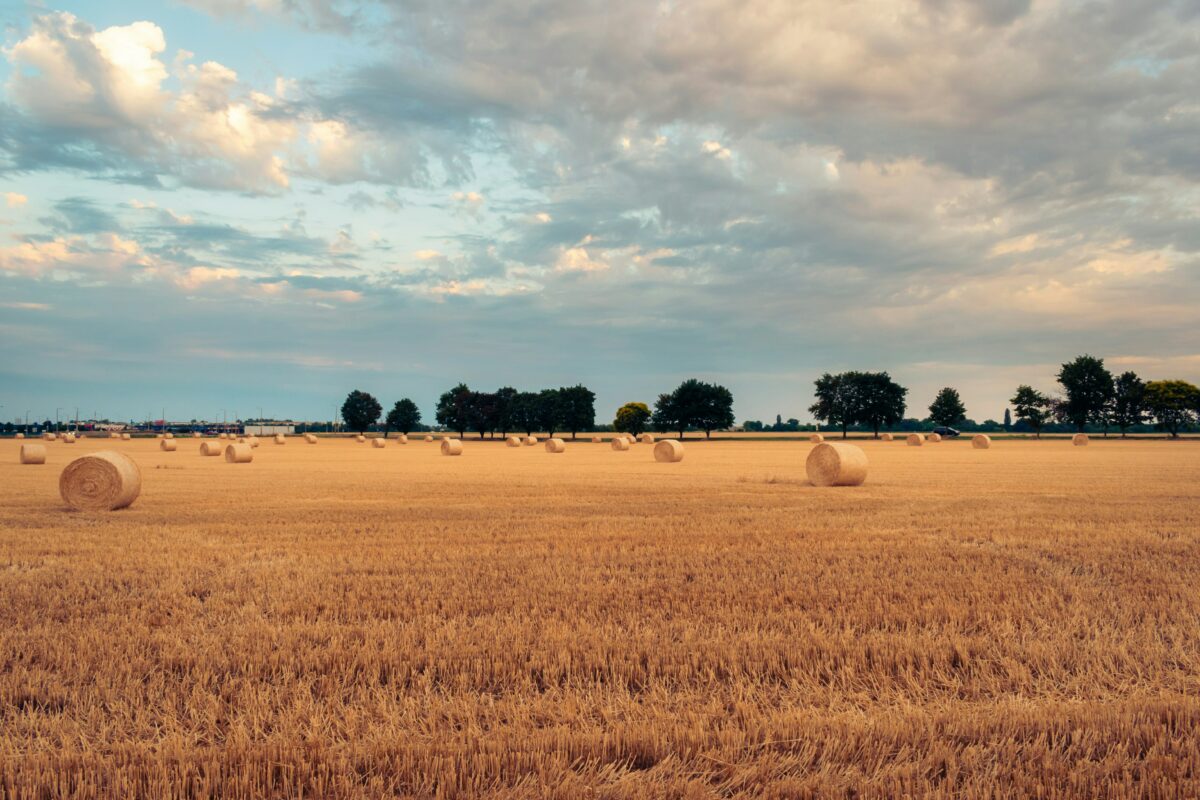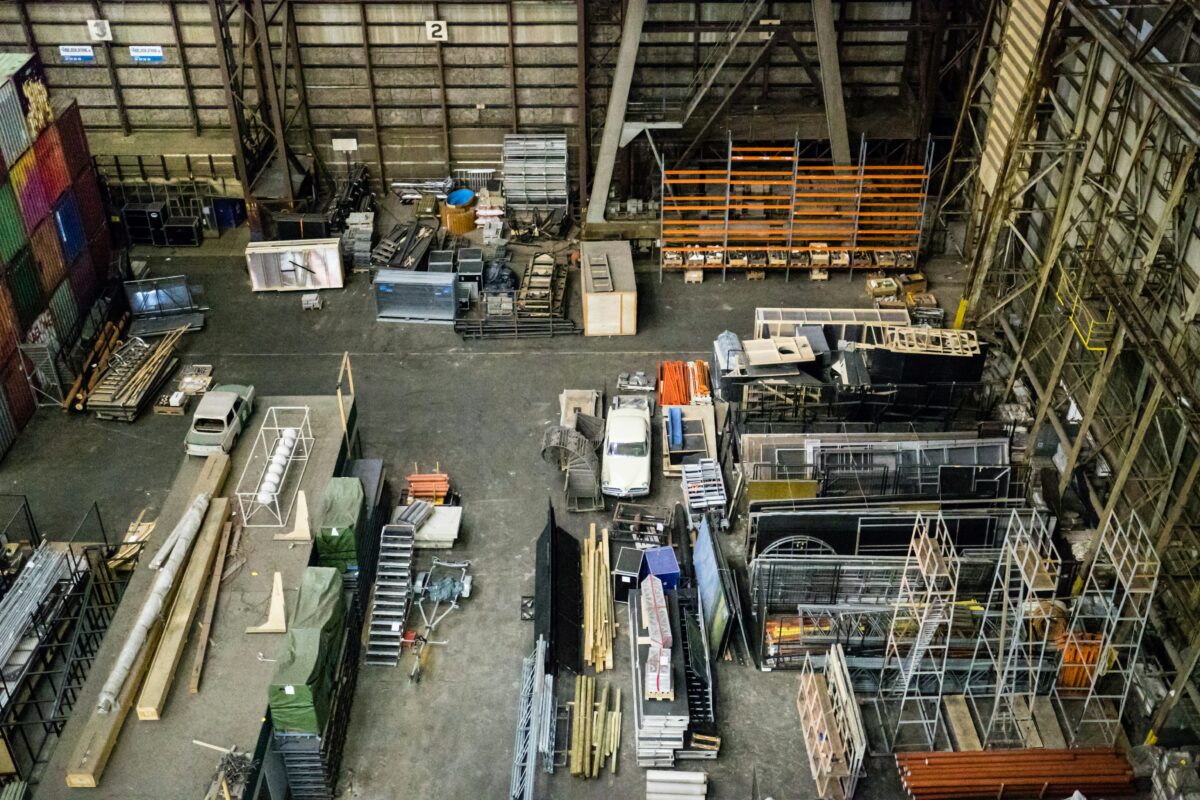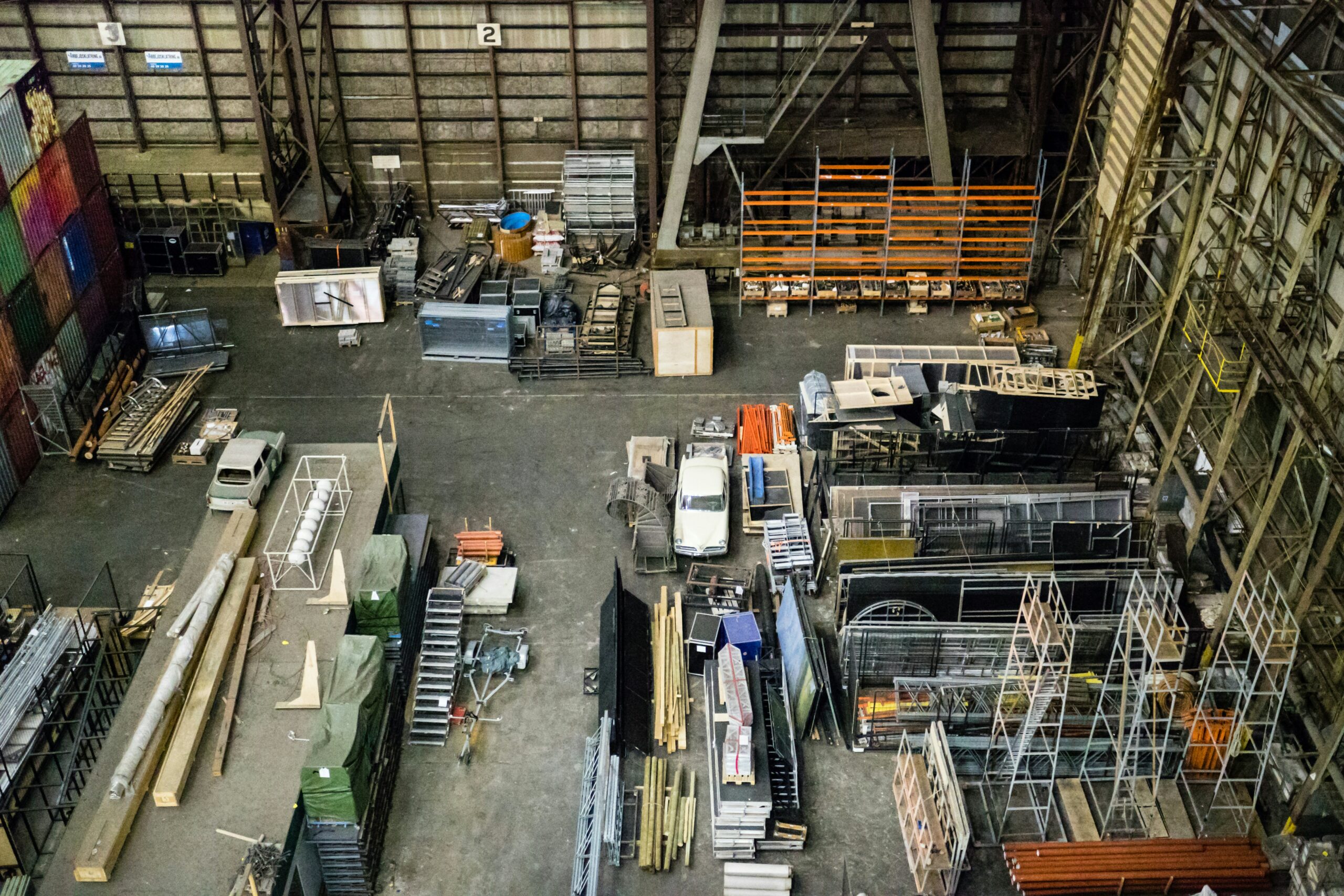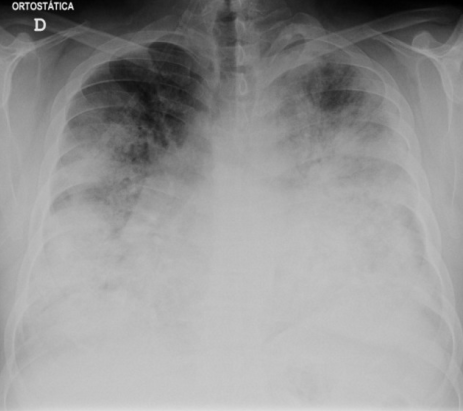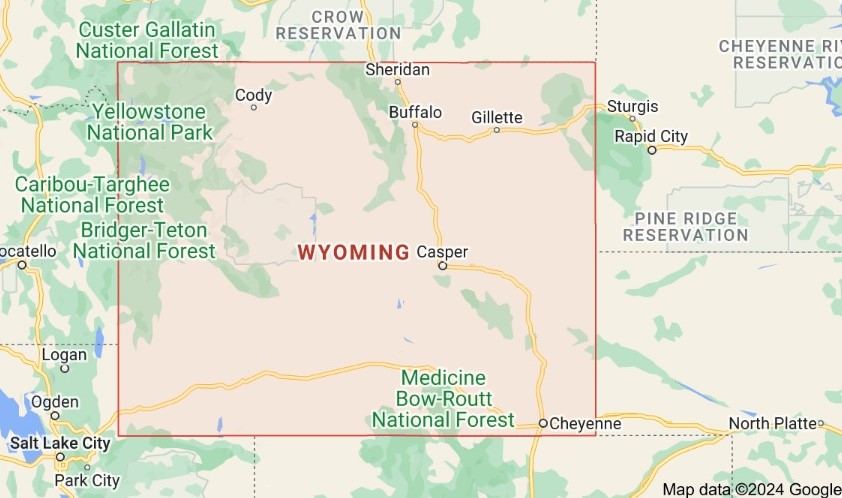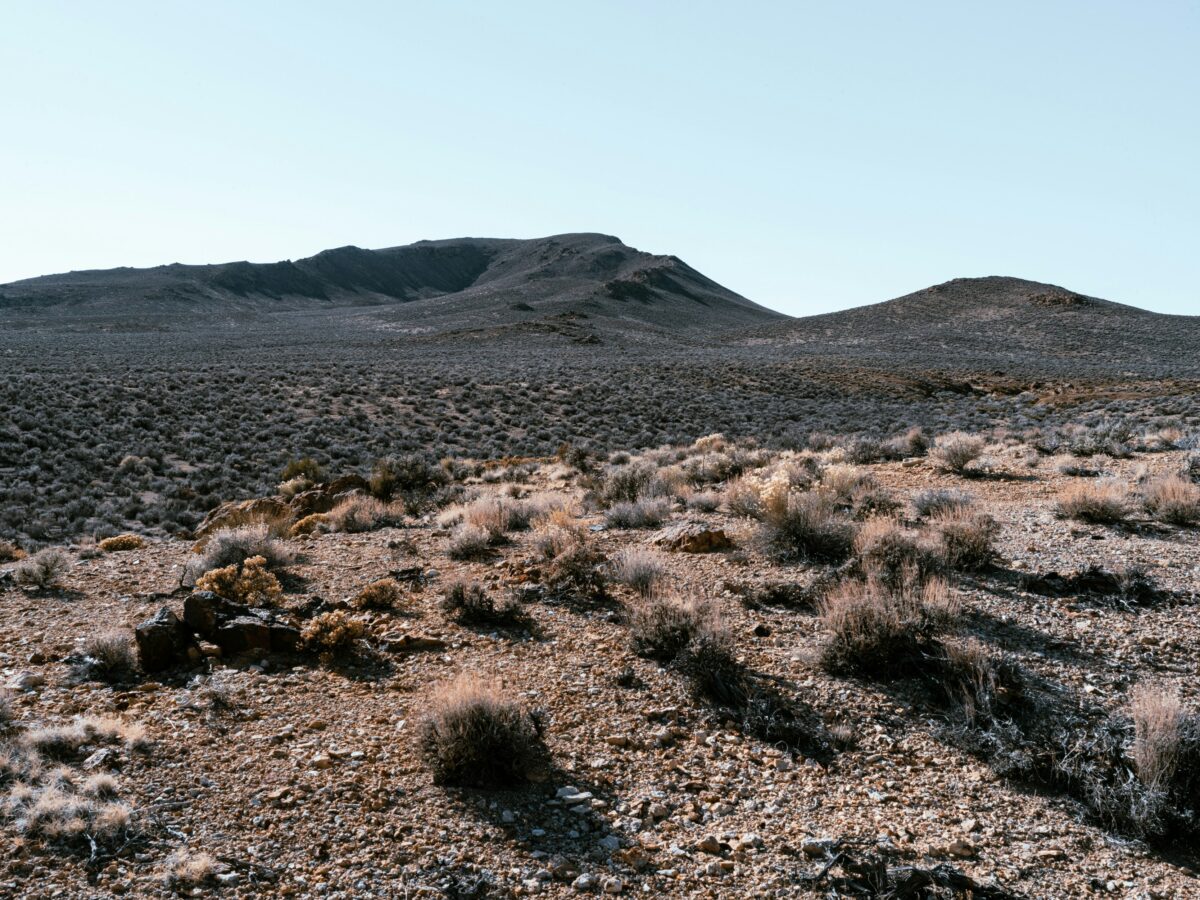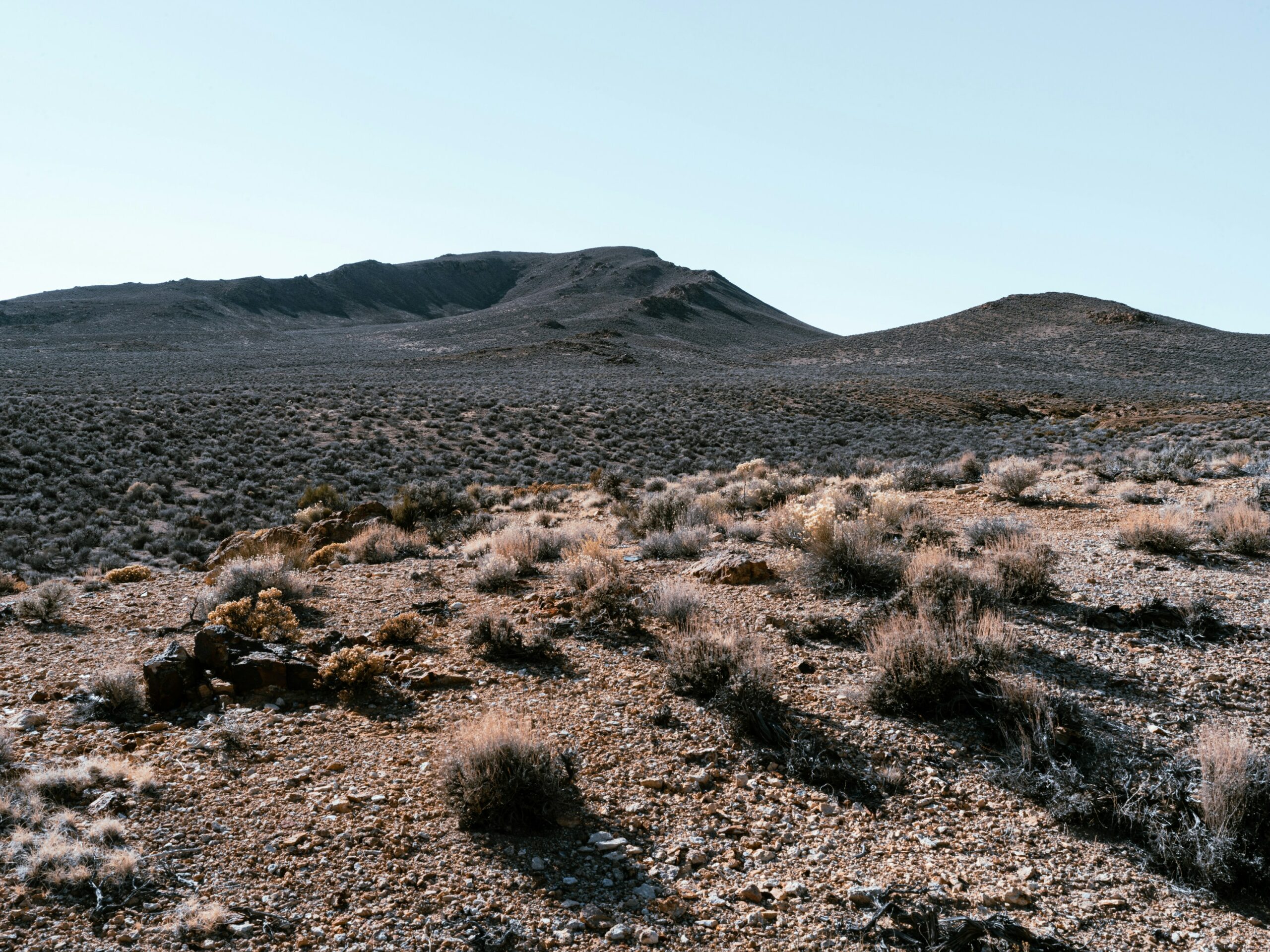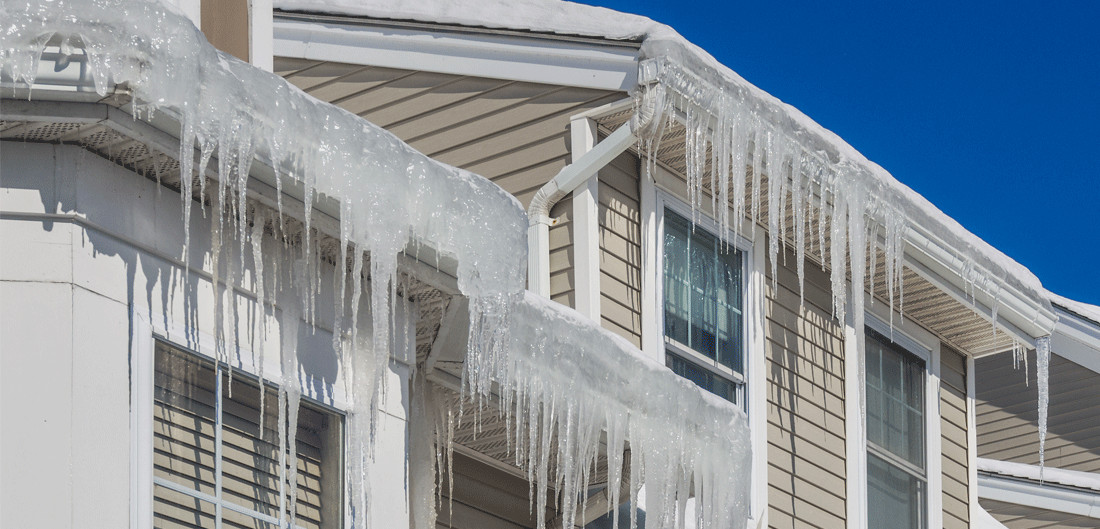
Clearing the Air: Why Environmental Testing is Essential for Commercial Building Health
In today’s fast-paced world, where people spend a significant portion of their time indoors, ensuring a healthy indoor environment is paramount. Commercial buildings, in particular, serve as hubs of activity, accommodating employees, customers, and visitors alike. However, what many overlook is the invisible threat lurking within the confines of these structures: indoor air pollution. From allergens to toxic chemicals, the air we breathe indoors can have a profound impact on our health and well-being. This underscores the critical need for businesses to prioritize the maintenance of clean and safe indoor air quality within their premises.
Among the myriad pollutants and contaminants that can compromise indoor air quality, mold, asbestos, lead, and volatile organic compounds (VOCs) stand out as significant culprits. Mold growth, often triggered by moisture infiltration, can lead to respiratory issues and allergic reactions among building occupants. Similarly, asbestos, commonly found in older buildings, poses severe health risks when disturbed, releasing microscopic fibers that can cause lung disease and cancer. Lead, present in paint and plumbing fixtures, is particularly hazardous, especially to young children and pregnant women. Additionally, volatile organic compounds (VOCs), emitted by various building materials and household products, contribute to indoor air pollution, leading to headaches, dizziness, and respiratory irritation.
The health implications of indoor air pollution are far-reaching and can manifest in various forms, ranging from minor irritations to severe respiratory conditions and long-term health effects. Exposure to mold spores can exacerbate allergies and asthma symptoms, while prolonged contact with asbestos fibers can cause mesothelioma, lung cancer, and asbestosis. Lead exposure is particularly concerning, as it can lead to developmental delays, cognitive impairment, and organ damage, with children being especially vulnerable. Similarly, VOC exposure has been linked to headaches, nausea, and even neurological disorders. Moreover, prolonged exposure to indoor air pollutants can increase the risk of cardiovascular diseases, respiratory infections, and other serious health conditions.
Environmental testing serves as a proactive approach to safeguarding the health and well-being of building occupants by identifying and mitigating indoor air quality issues before they escalate into major health hazards. By conducting comprehensive assessments and sampling indoor air and surfaces for pollutants, environmental testing professionals can pinpoint potential sources of contamination and assess the extent of exposure risks. This enables businesses to implement targeted remediation strategies, such as mold removal, asbestos abatement, lead paint encapsulation, and VOC mitigation, to restore indoor air quality to safe levels. Additionally, ongoing monitoring and periodic testing ensure that indoor environments remain healthy and compliant with regulatory standards, providing peace of mind to occupants and stakeholders alike.
Environmental testing has the power to uncover hidden hazards lurking within commercial buildings, ranging from hidden mold growth behind walls to asbestos insulation hidden within ceiling tiles. By conducting thorough assessments and utilizing advanced testing techniques, such as air sampling, surface swabs, and moisture meters, environmental testing professionals can identify and quantify indoor air quality issues with precision. Armed with this knowledge, businesses can take proactive steps to address these hazards and create safer, healthier workspaces for their employees and customers. Whether it’s remediation efforts to remove mold and asbestos or implementing ventilation improvements to reduce VOC concentrations, environmental testing plays a crucial role in enhancing indoor air quality and promoting occupant well-being.
In conclusion, the health and well-being of building occupants should be a top priority for businesses across all industries. By prioritizing environmental testing as part of their building maintenance and safety protocols, businesses can take proactive steps to ensure a clean, safe, and healthy indoor environment for employees and customers. Whether it’s identifying and mitigating mold, asbestos, lead, or VOCs, environmental testing provides invaluable insights into indoor air quality issues and empowers businesses to make informed decisions to protect occupant health. Therefore, I urge businesses to partner with reputable environmental testing professionals and invest in regular testing and monitoring to safeguard the health and well-being of all who enter their premises. Together, we can create healthier, happier, and more productive indoor environments for everyone.


